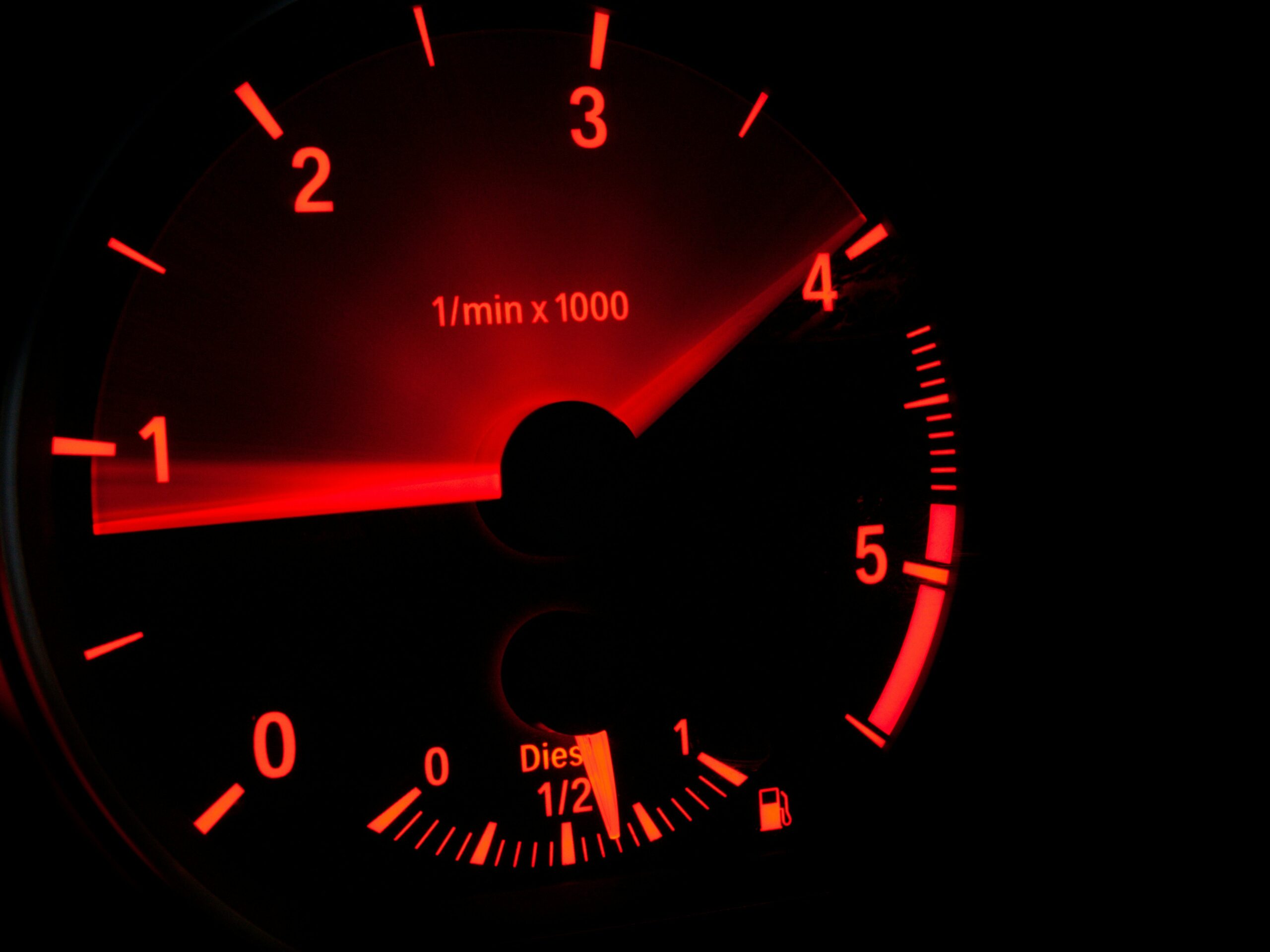Understanding Premature Ejaculation: Psychological Treatment Approaches
Introduction
Premature ejaculation (PE) is one of the most common male sexual dysfunctions, characterized by ejaculation that occurs sooner than desired, causing distress to one or both partners. It can significantly impact self-esteem, interpersonal relationships, and overall quality of life. While various treatment modalities exist, psychological interventions play a pivotal role in addressing the underlying factors contributing to PE. This article delves into the efficacy of psychological treatments for PE, offering insights into behavioural therapies, cognitive-behavioural approaches, and emerging techniques.
Epidemiology of Premature Ejaculation
The prevalence of PE varies across studies due to differences in definitions and assessment methods. Some studies have reported prevalence rates ranging from 30% to 50% of the male population. However, more recent analyses suggest that the prevalence of lifelong PE is likely lower, estimated at around 4% in the general population. These variations underscore the need for standardized diagnostic criteria to accurately assess and address PE.
Impact on Mental Health
PE extends beyond the physical realm, profoundly affecting mental and emotional well-being. Men experiencing PE often report:
Anxiety and Depression: The inability to control ejaculation can lead to significant psychological distress, including heightened anxiety and depressive symptoms.
Low Self-Esteem: Feelings of inadequacy and embarrassment associated with PE can diminish self-worth and confidence.
Relationship Strain: PE can lead to dissatisfaction in sexual relationships, resulting in interpersonal difficulties and reduced sexual satisfaction for both partners.
Behavioural Therapies for Premature Ejaculation
Behavioural therapies have long been employed to manage PE, focusing on techniques that enhance ejaculatory control through practice and partner involvement. Key methods include:
Stop-Start Technique: This method involves stimulating the penis until the urge to ejaculate is imminent, then halting stimulation to allow arousal to subside. Repeating this process helps individuals recognize and control their arousal levels, thereby delaying ejaculation.
Squeeze Technique: Similar to the stop-start method, this technique requires squeezing the end of the penis when the urge to ejaculate arises, reducing arousal and postponing ejaculation.
These techniques aim to break the cycle of rapid ejaculation by training individuals to better manage their sexual responses. However, their effectiveness varies, and they often require consistent practice and partner cooperation.
Cognitive-Behavioural Therapy (CBT)
CBT addresses the psychological components of PE, such as performance anxiety, negative self-perception, and relationship issues. By restructuring maladaptive thoughts and behaviors, CBT seeks to alleviate the psychological distress associated with PE. A study by Banazadeh et al. (2013) demonstrated that CBT effectively improved ejaculatory latency, sexual satisfaction, and reduced anxiety and depression in individuals with PE.
Integration of Psychotherapy and Pharmacotherapy
Combining psychological interventions with pharmacological treatments can enhance outcomes for individuals with PE.For instance, integrating CBT with selective serotonin reuptake inhibitors (SSRIs) has shown promise in prolonging ejaculatory latency and improving sexual satisfaction. This multimodal approach addresses both the physiological and psychological aspects of PE, offering a comprehensive treatment strategy.
Pelvic Floor Muscle Training
Strengthening pelvic floor muscles through targeted exercises has emerged as a beneficial intervention for PE. These exercises enhance muscle control during sexual activity, contributing to improved ejaculatory control. Pelvic floor exercises are recommended as a conservative management option for PE, highlighting their potential in delaying ejaculation.
Emerging Behavioural Interventions for Premature Ejaculation
Recent studies have explored innovative behavioral interventions for PE. For example, high-intensity interval training (HIIT) has been investigated for its potential benefits in managing PE symptoms. A study published in the International Journal of Clinical and Health Psychology found that engaging in less than ten minutes of HIIT daily could help men delay ejaculation, with noticeable results in two weeks.
Efficacy and Safety Considerations
The effectiveness of psychological interventions for PE varies among individuals. A Cochrane review highlighted that while behavioral therapies can be effective in the short term, their long-term efficacy remains uncertain. Additionally, combining behavioural therapy with pharmacological treatments may offer enhanced benefits.
Conclusion
Psychological treatments, encompassing behavioural therapies, CBT, and exercise activities like HIIT, offer valuable avenues for managing premature ejaculation. These approaches address both the physiological and psychological facets of PE, providing individuals with strategies to enhance sexual satisfaction and overall well-being. Collaborative efforts between healthcare providers and patients are essential to tailor interventions that align with individual needs and preferences, ensuring optimal outcomes in the management of PE.
References
Banazadeh, N., Yazdani, F., & Mahaki, B. (2013). Effectiveness of cognitive behavioral therapy on the signs and symptoms of premature ejaculation. Journal of Sexual Medicine, 10(7), 1738-1746.





